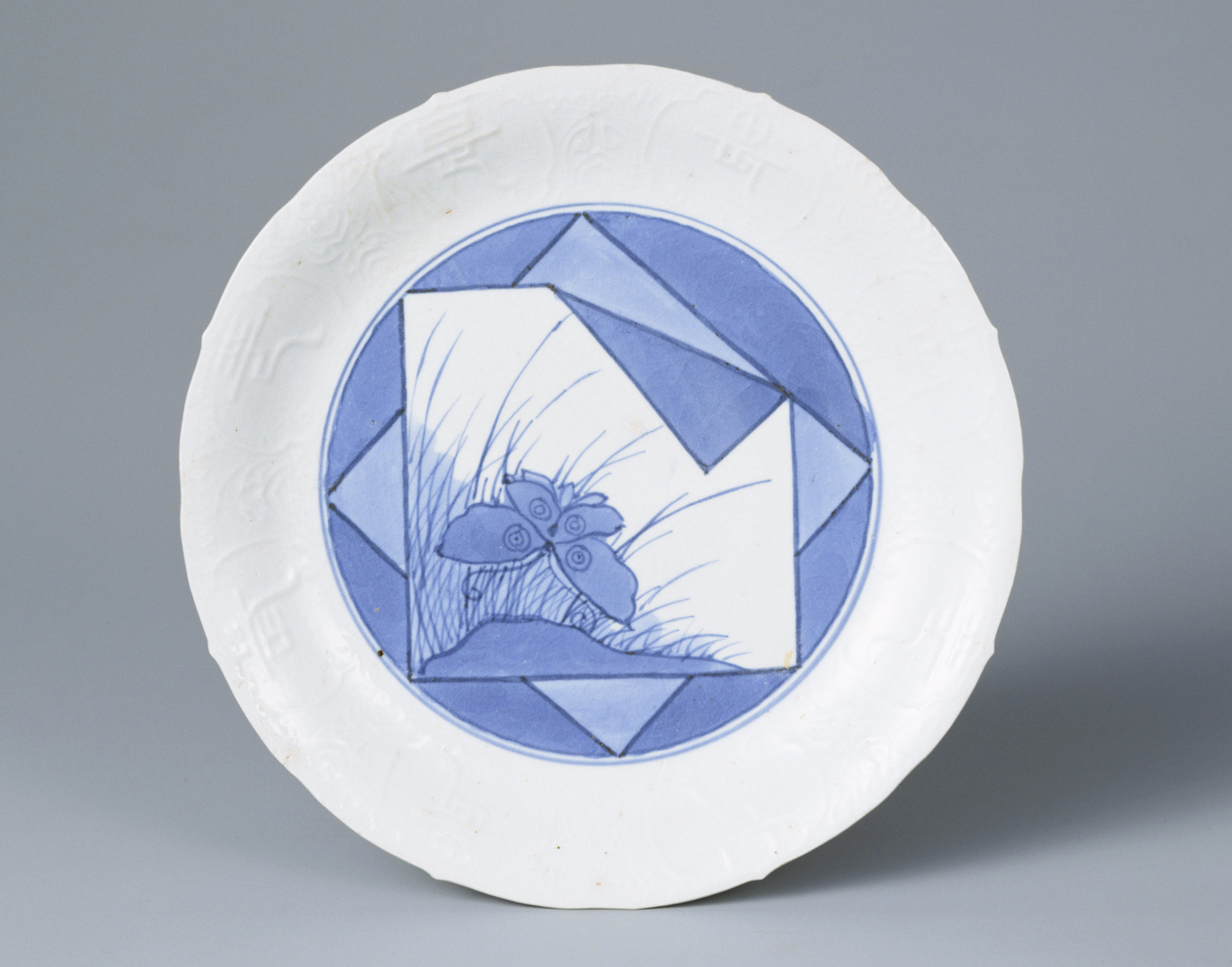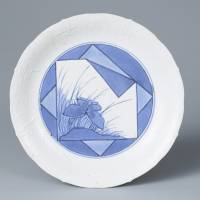Jan. 7-Feb. 19
It is believed that Korean ceramist Yi Sam-pyeong, having traveled to Japan near the end of the 16th century, discovered kaolin white clay in Hizen Province (Saga Prefecture) and produced the first Japanese porcelain in 1616.
Known as Hizen ware, or Imari ware, as they were exported from Imari port, porcelain became a prosperous business when production techniques improved during the Edo Period (1603-1868).
Displayed in this exhibition are Hizen-ware pieces made between the 17th and 19th centuries, which were donated to the museum by the art collector Masayuki Yamamoto. Variations in style include sometsuke (underglaze cobalt blue), seiji (celadon) and iro-e (overglaze enamel).
Nezu Museum; 6-5-1 Minami-Aoyama, Minato-ku, Tokyo. Omotesando Stn. 10 a.m.-5 p.m. ¥1,100. Closed Mon. 03-3400-2536; www.nezu-muse.or.jp


















With your current subscription plan you can comment on stories. However, before writing your first comment, please create a display name in the Profile section of your subscriber account page.